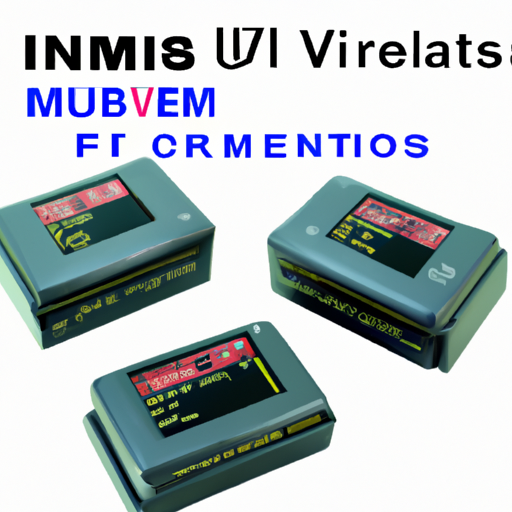Core Functional Technologies of IMUs
| 1. Sensor Fusion | |
| 2. 3D Motion Tracking | |
| 3. High-Precision Measurement | |
| 4. Low Power Consumption | |
| 5. Robustness and Reliability | |
| 1. Aerospace and Aviation | |
| 2. Automotive Systems | |
| 3. Robotics | |
| 4. Drones and UAVs | |
| 5. Wearable Technology | |
| 6. Virtual and Augmented Reality | |
| 7. Industrial Automation | |
Application Development Cases
Conclusion

The EXB-V4V120JV IMU exemplifies the advanced capabilities of modern Inertial Measurement Units, leveraging core technologies such as sensor fusion, high-precision measurement, and low power consumption. Its applications span a wide range of industries, from aerospace to consumer electronics, underscoring the versatility and reliability of IMUs in contemporary technology development. As industries continue to innovate, the role of IMUs is expected to expand, paving the way for new applications and advancements in motion sensing and navigation technologies.
Core Functional Technologies of IMUs
| 1. Sensor Fusion | |
| 2. 3D Motion Tracking | |
| 3. High-Precision Measurement | |
| 4. Low Power Consumption | |
| 5. Robustness and Reliability | |
| 1. Aerospace and Aviation | |
| 2. Automotive Systems | |
| 3. Robotics | |
| 4. Drones and UAVs | |
| 5. Wearable Technology | |
| 6. Virtual and Augmented Reality | |
| 7. Industrial Automation | |
Application Development Cases
Conclusion

The EXB-V4V120JV IMU exemplifies the advanced capabilities of modern Inertial Measurement Units, leveraging core technologies such as sensor fusion, high-precision measurement, and low power consumption. Its applications span a wide range of industries, from aerospace to consumer electronics, underscoring the versatility and reliability of IMUs in contemporary technology development. As industries continue to innovate, the role of IMUs is expected to expand, paving the way for new applications and advancements in motion sensing and navigation technologies.